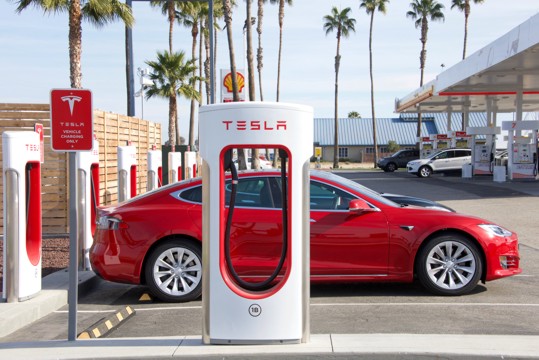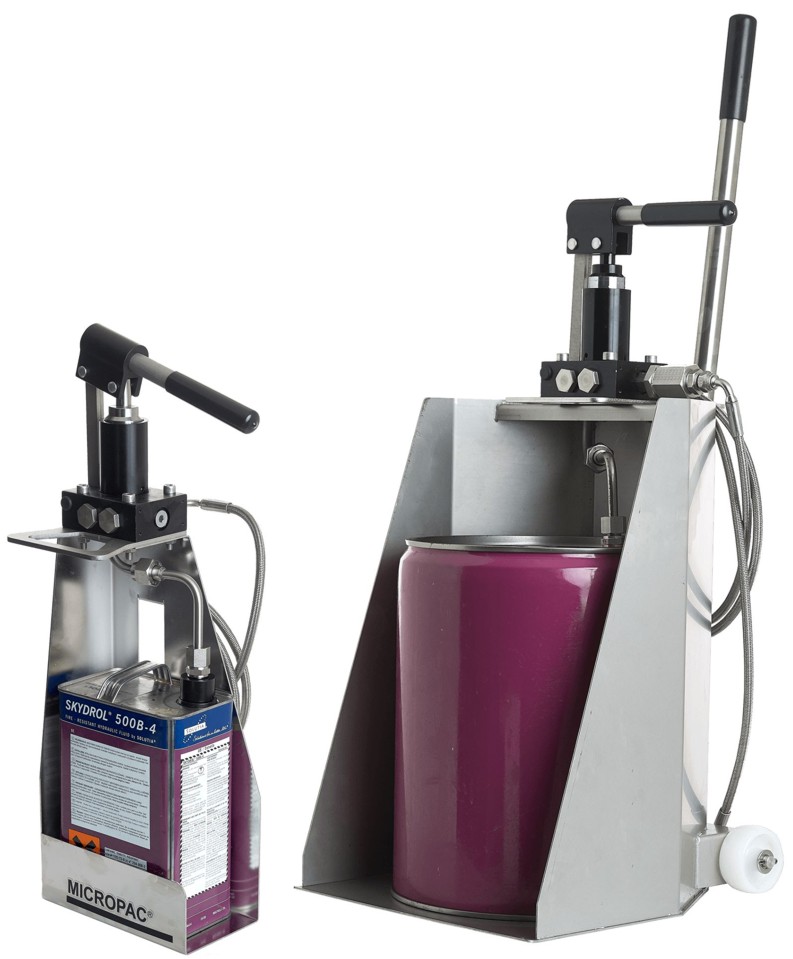Why doesn’t my bike have a stepless automatic gearbox? Hydraulic, of course.
And a bigger lesson for designers.
Sarum Hydraulics are passionate about hydraulics and any application for miniature systems that can do a job better. So why does your bike not have a nifty automatic gearbox that does away with changing gear? A stepless design would keep pedalling load constant. Think bigger and you might extend hydraulic thinking to a hydrostatic drive, as well as elimination of the chain and sprockets. We are not the first people to ask this question and surely will not be the last. Even a quick look on Google suggests that Hydristor have developed a hydrostatic drive.
If you rise above deliberations about cost, complexity, mass and reliability, there may be a single over-arching reason why we are not all riding around on such a beast. Sarum Hydraulics’ comrade Jim is a cycling fanatic and also a very clever engineer. His take is that you will always be fighting efficiency. Old style chains, gears and sprockets are incredibly efficient and hydraulics will quite inevitably have losses of 10 or 15 percent. You are backing a loser. That is his take.
Putting it into perspective, could you live with knowing that you are always peddling harder than you need? Probably not. We were interested to be told that serious cyclists can feel the moment a 4 Watt dynamo is suddenly being driven. That is clearly enough to spoil the cycling experience.
 Is there a bigger lesson here on “efficiency?” Let’s stick with efficiency as a measure of how much energy is getting lost along the way in heat and noise rather than focusing on ergonomics. We think that there is less and less room in this world for products that appear “inefficient” in today’s energy conscious commercial and consumer markets. Clearly efficiency is a big issue if you are designing anything that uses human power or renewable energy. Think how important improved efficiency has been in the growth of the PV panel market. Even if your product is not one where users minutely scrutinise energy efficiency, think laterally before opting for a configuration that is inherently not energy efficient. In certain products and industries it is the norm and nobody worries; “That is the way it is done for the money.” That may well have been the way it was done since the year dot! But don’t count on this for ever. You run the risk of legislation simply forcing the whole industry to change their designs. Incandescent light bulbs are gone. LED and low energy is king. This has not happened over night, but designers will have seen this coming. A competitor may suddenly introduce a disruptive technology that changes the way things are done. Sometimes consumers just abandon “cheap and cheerful” and embrace something better at a premium price. The Dyson cyclone vacuum cleaner struck a chord with the public and provided greater energy efficiency. Legislation on high power vacuum cleaners is now supporting the crusade for efficient, low power units. Even selecting an electric motor is not as easy as it was. One of our colleagues at Sarum is very interested in electric motor technology and how quickly this is developing both in domestic and industrial products. Funnily enough, Dyson is also a big innovator in motor technology for their products.
Is there a bigger lesson here on “efficiency?” Let’s stick with efficiency as a measure of how much energy is getting lost along the way in heat and noise rather than focusing on ergonomics. We think that there is less and less room in this world for products that appear “inefficient” in today’s energy conscious commercial and consumer markets. Clearly efficiency is a big issue if you are designing anything that uses human power or renewable energy. Think how important improved efficiency has been in the growth of the PV panel market. Even if your product is not one where users minutely scrutinise energy efficiency, think laterally before opting for a configuration that is inherently not energy efficient. In certain products and industries it is the norm and nobody worries; “That is the way it is done for the money.” That may well have been the way it was done since the year dot! But don’t count on this for ever. You run the risk of legislation simply forcing the whole industry to change their designs. Incandescent light bulbs are gone. LED and low energy is king. This has not happened over night, but designers will have seen this coming. A competitor may suddenly introduce a disruptive technology that changes the way things are done. Sometimes consumers just abandon “cheap and cheerful” and embrace something better at a premium price. The Dyson cyclone vacuum cleaner struck a chord with the public and provided greater energy efficiency. Legislation on high power vacuum cleaners is now supporting the crusade for efficient, low power units. Even selecting an electric motor is not as easy as it was. One of our colleagues at Sarum is very interested in electric motor technology and how quickly this is developing both in domestic and industrial products. Funnily enough, Dyson is also a big innovator in motor technology for their products.
Unfortunately, Sarum Hydraulics can’t see a dinky hydraulic auto-bike gearbox becoming mainstream any time soon, but prove us wrong! What we do predict however is lots of established big-name products caught on the wrong side of history on energy efficiency.
Sarum Hydraulics loves efficiency. Check out our double acting hand pumps, pumping on the up and the down to ensure maximum productivity. Visit our website today www.sarum-hydraulics.co.uk






Leave A Comment